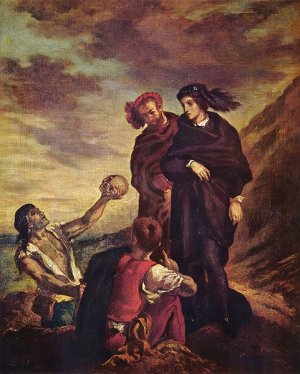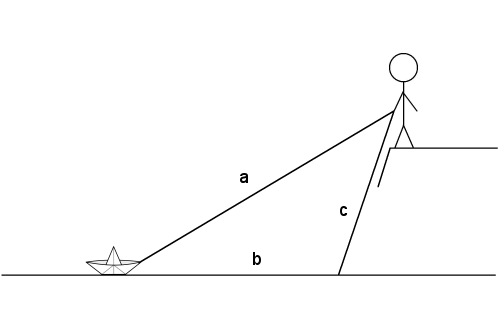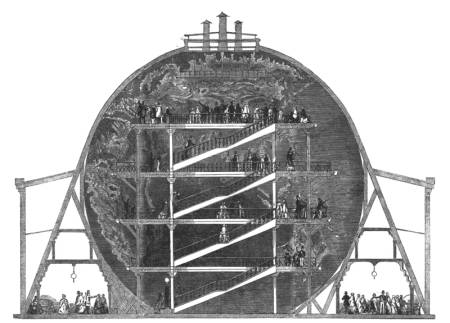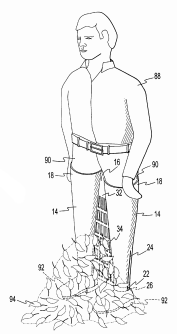
Hamlet was a young man very nervous. He was always dressed in black because his uncle had killed his father by shooting him in his ear. He could not go to the theatre because his father was dead so he had the actors come to his house and play in the front parlor and he learned them to say the words because he thought he knew best how to say them. And then he thought he’d kill the king but he didn’t. Hamlet liked Ophelia. He thought she was a very nice girl but he didn’t marry her because she was going to be a nunnery. Hamlet went to England but he did not like it very much so he came home. Then he jumped into Ophelia’s grave and fought a duel with her brother. Then he died.
— English as She Is Taught: Genuine Answers to Examination Questions in Our Public Schools, 1887





